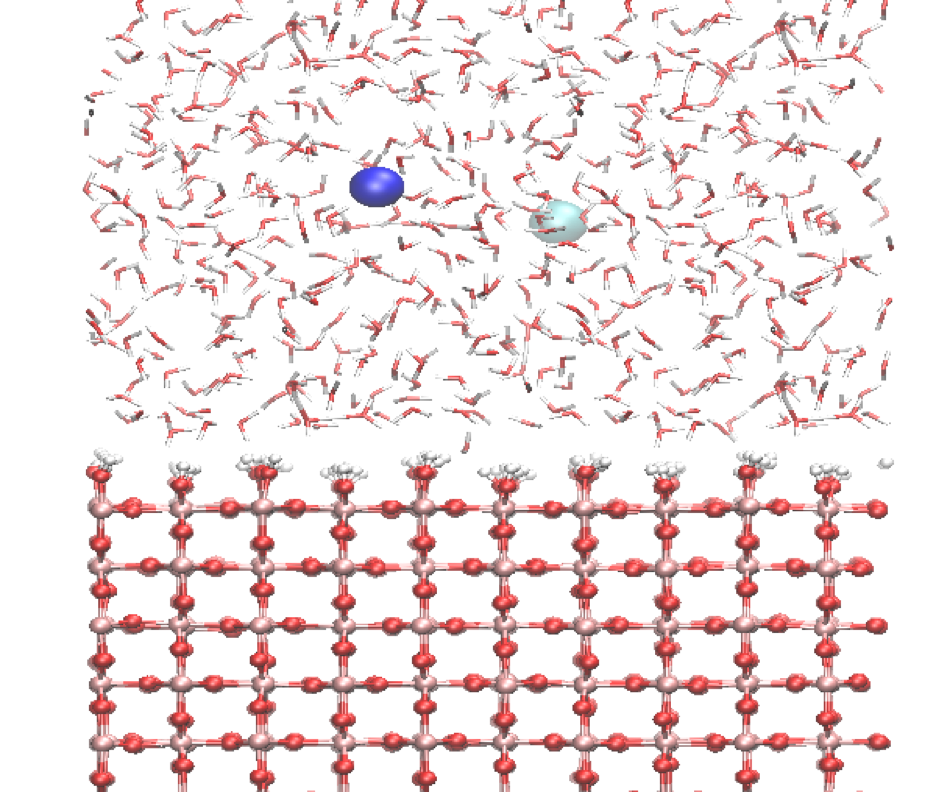Introduction
Contacts: Paul Bowen & Jacques Lemaître
The use of inorganic materials in biomedical applications has been a rich field of research and application for many years. For the developments of new bio-materials for improved health and life quality, one of the key steps is in vitro testing (in a non-living organism) before moving to in vivo (in a living organism) conditions and finally to human test trials. If the in vitro conditions do not simulate well enough in vivo conditions, then the costly and sometimes traumatic in vivo tests may lead to significant waste of research resources. The main goal of this SNF project (Pr.No.205321_150193) is to produce precise protocols that will improve in vitro tests to minimise in vivo experimentation. The topic is aimed at implants of metals, ceramics or plastics where biocompatibility of different degrees are needed for different types and uses of implants (e.g. short term for bone recovery or long term e.g. hip-replacement).
In practice the project is investigating the deposition mechanisms of sparingly soluble calcium compounds (e.g. hydroxyapatite) onto different surfaces upon immersion in aqueous solutions mimicking the inorganic part of human blood serum (HBS), i.e. simulated body fluids (SBF). One of the objectives of the project is to establish a solid scientific platform for a deeper understanding of the in vitro « bioactivity » testing according to the ISO/FDIS 23317 standard apatite-forming ability (AFA) test [1], which has shown some limitations in use e.g. false positives or false negatives and use of a non-physiological buffer system [2]. Another aspect will be to investigate the effects in more complex fluids where organic species such as proteins (e.g. albumin) present in HBS effect the in vitro AFA tests and eventually in cell culture media.
A series of samples after thorough investigation in vitro with both the ISO standard and modified SBF compositions and protocols will be tested in vivo in collaboration with Prof. B von Recheneberg (Zurich University) to validate the new SBF protocols.
The project has both experimental and atomistic scale modelling activities.
- Experimental – Weitian Zhao (PhD student)
- Atomistic scale modelling – Azade Yazdan Yar (PhD Student)

Molecular dynamics simulation video showing water molecules with Na+ (blue) and Cl- (green) ions and their interaction with a hydroxylated rutile (110) surface (H: white, O: red and Ti: light pink). Both ions are found in high concentrations (142 mM) in Human Blood plasma (HBP) and may influence the nucleation and growth of hydroxyl apatite or adsorption of organic molecules found in HBP.
[1] ISO/FDIS 23317 Implants for surgery – In vitro evaluation for apatite– forming ability of implant materials.
[2] Bohner M, Lemaitre J « Can bioactivity be tested in vitro with SBF solutions ? » Biomaterials 2009 ; 30 ; 2175-2179.